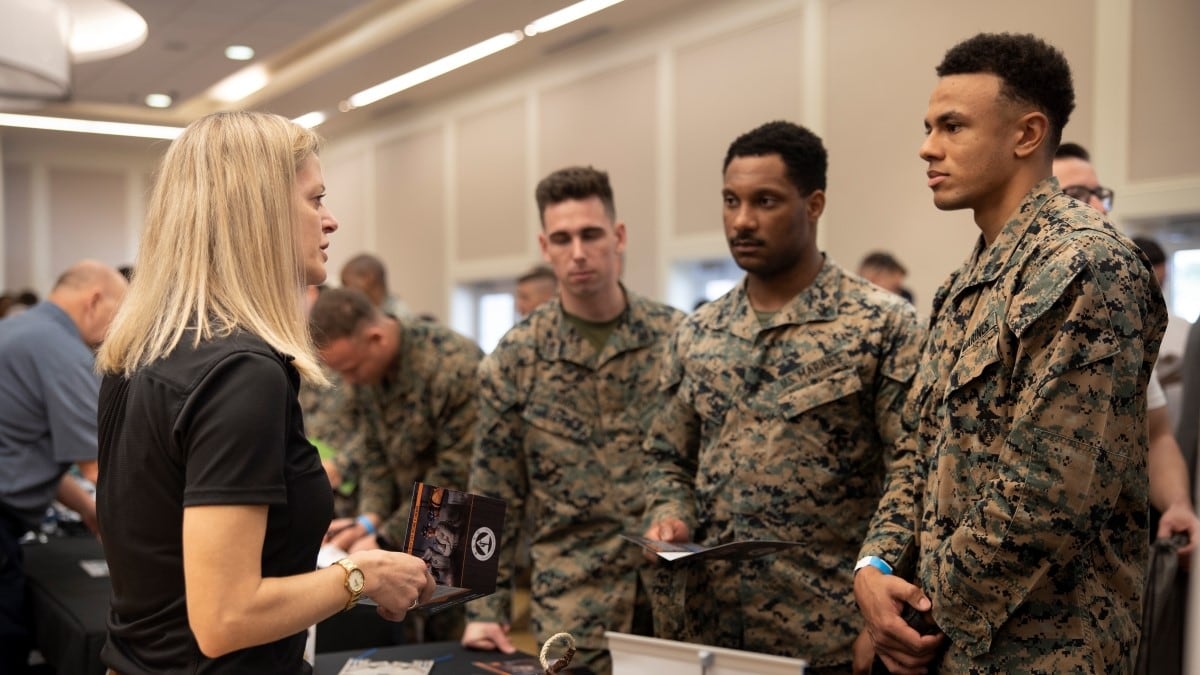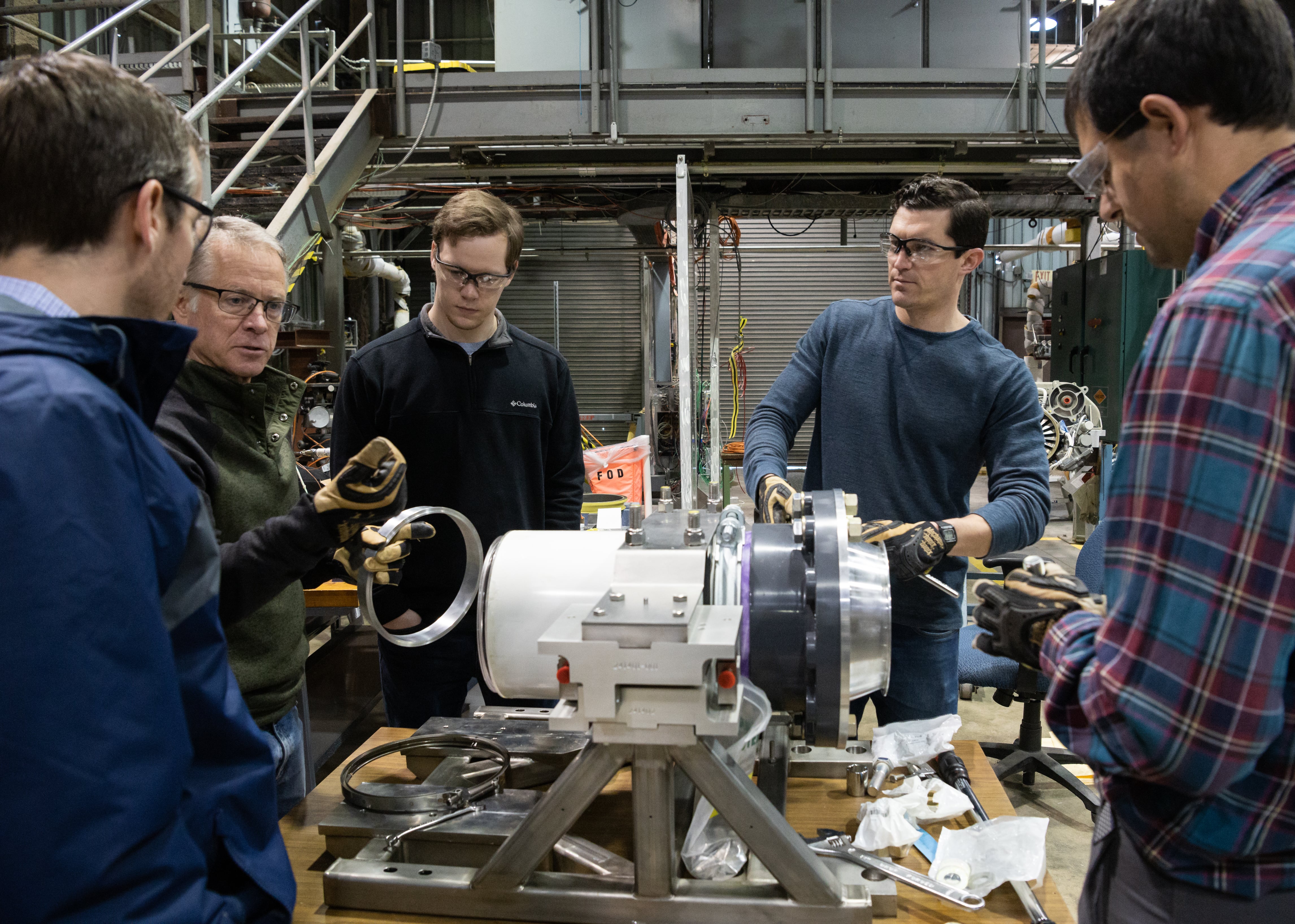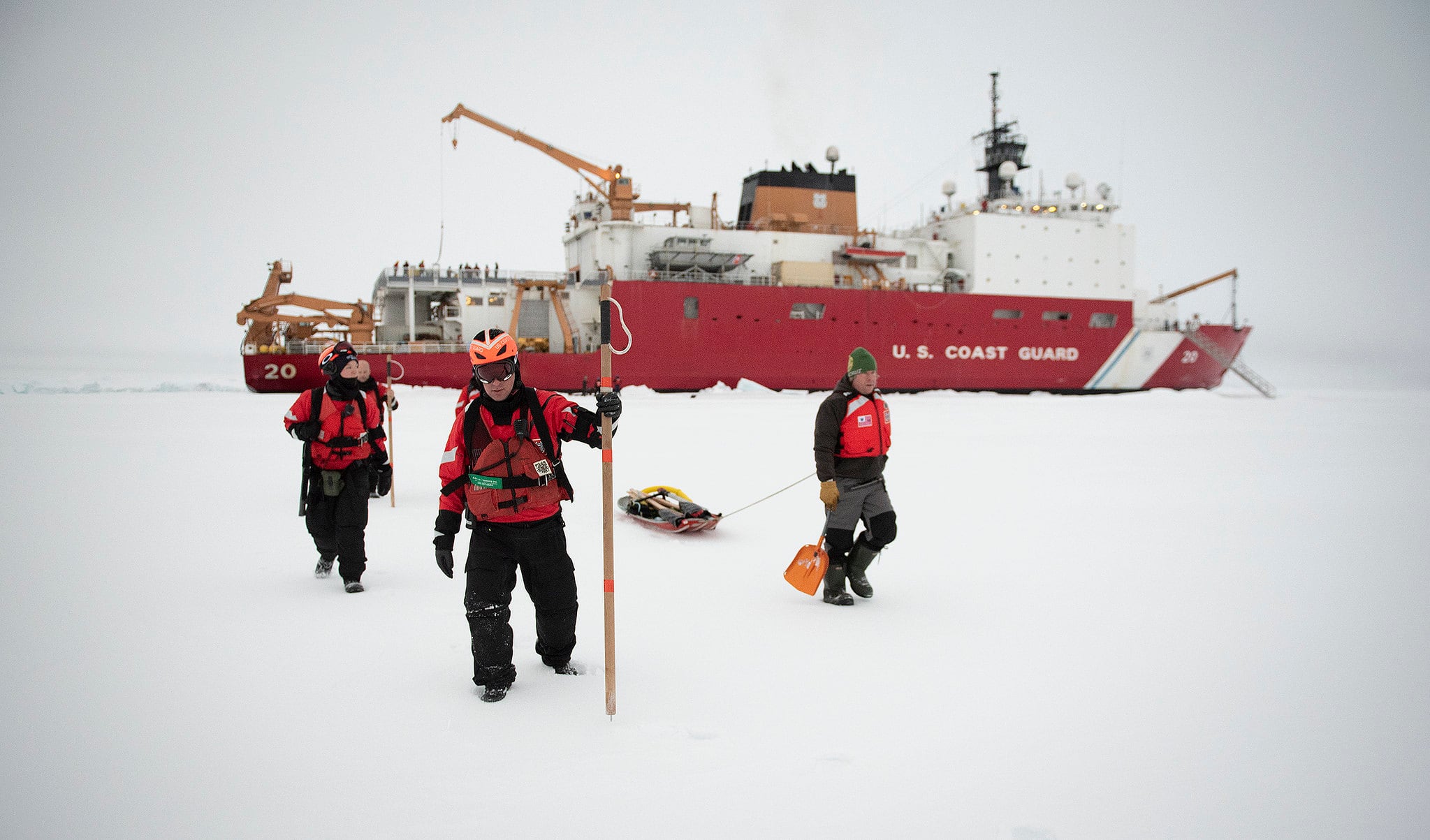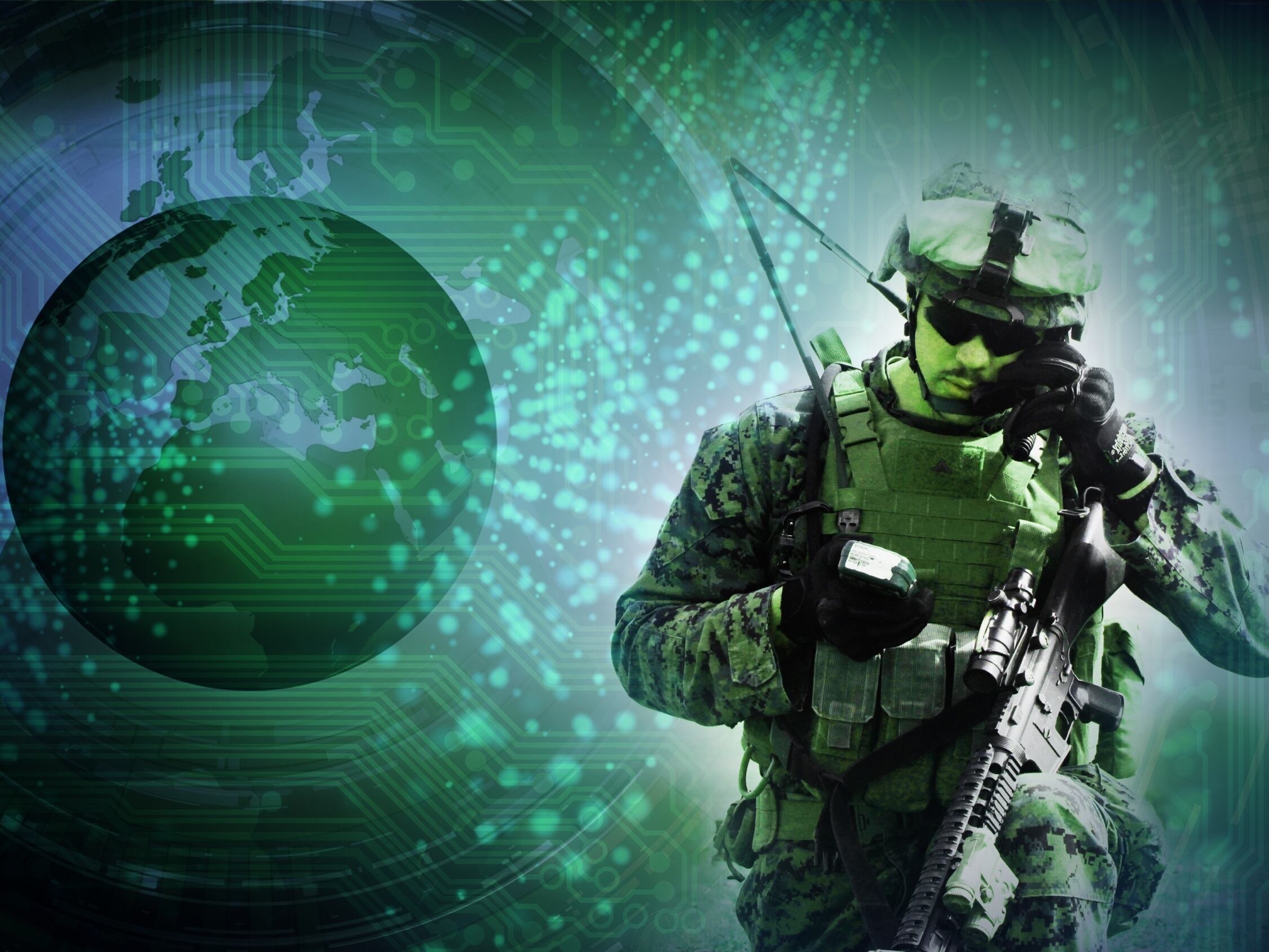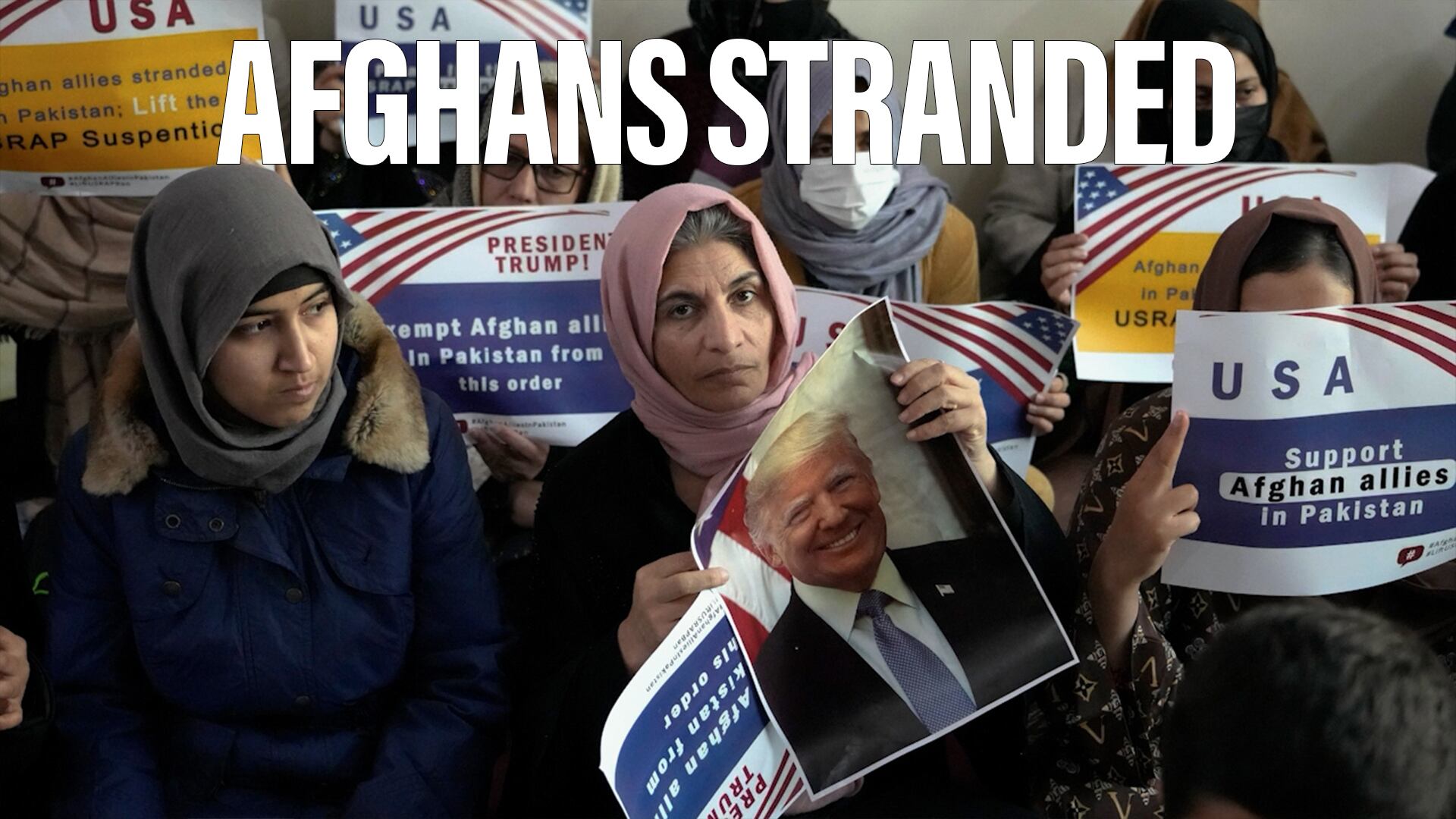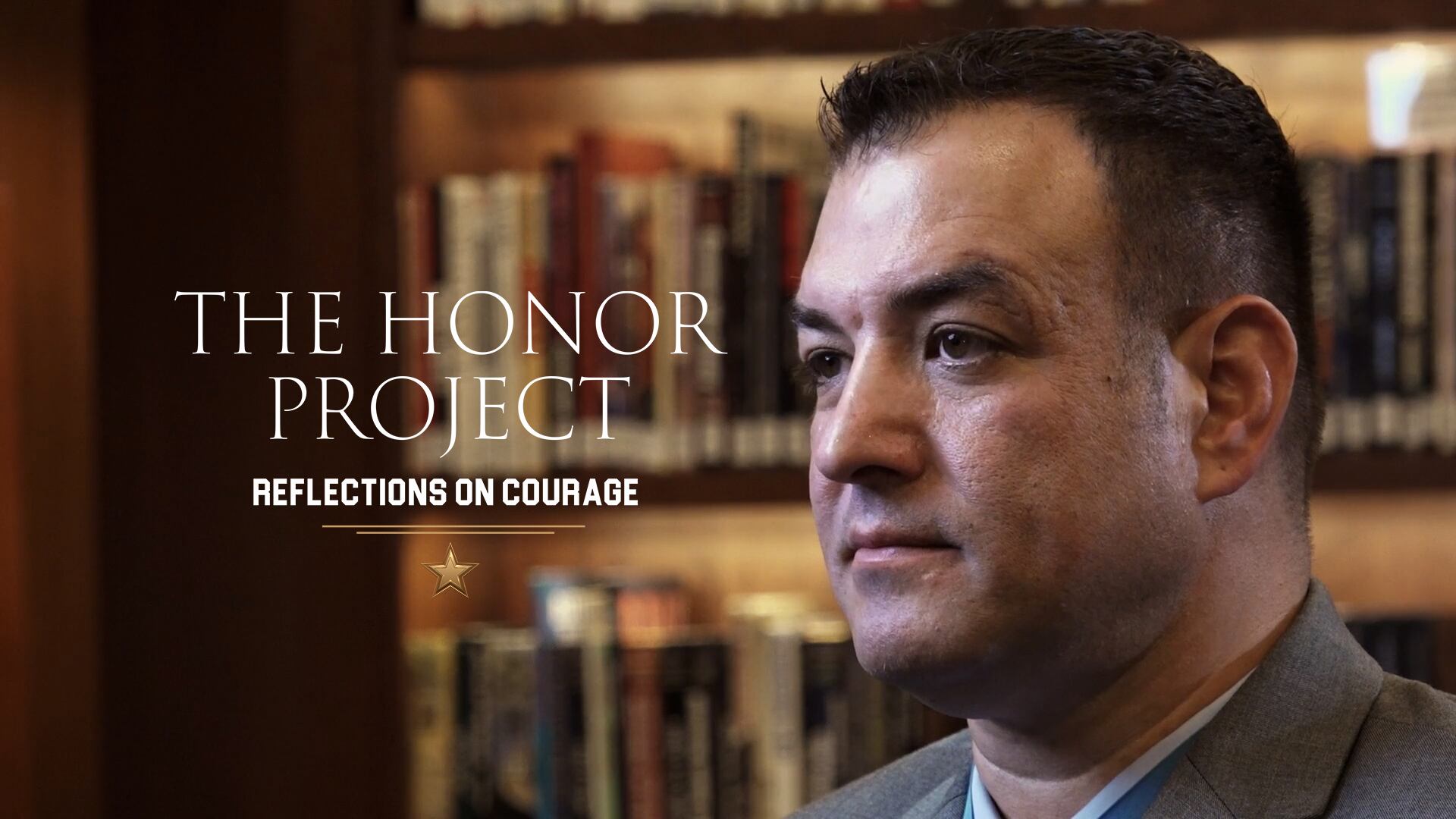Within U.S. Special Operations Command (USSOCOM), the task of network support falls to the Program Executive Office for Command, Control, Communications and Computers (PEO C4).
That office fields the systems that collectively make up the Special Operations Forces Information Environment, along with Military Information Support Operations. It also helps garrison and tactical users with reach-back to national assets, enabling Special Forces to communicate through a variety of media.
PEO C4 runs a portfolio of 14 programs with a budget of over $3.8 billion, focusing on integration of state-of-the-art technologies and standardization throughout the Special Forces community. To get the lay of the land, C4ISRNET’s Adam Stone checked in with the office’s executive, Deb Woods.
C4ISRNET: Let’s look at the intersection of Special Operations Command and C4ISR. How do networks, computing, sensors and other emerging technologies factor into the mission?
WOODS: Special Operations Forces across the globe rely on C4ISR capabilities to carry out their missions. C4ISR is the means by which this information flows to and from deployed tactical teams.
Commanders at all levels use communications systems to command and control their forces. From intelligence to logistics to operations, every operational function depends on having the right information at the right time to make as remote unmanned aircraft system flights that occur far from where they are controlled. Similarly, C4ISR connects geographically dispersed operations centers so they can synchronize transregional efforts.
C4ISRNET: Why have you prioritized interoperability?
WOODS: U.S. SOF rarely operate by themselves. They rely heavily on our coalition and interagency mission partners. Therefore, with respect to C4ISR capabilities, we must ensure we are interoperable with conventional forces, partner nations and other government agencies.
In keeping with DoD’s guidance to accelerate enterprise cloud adoption, USSOCOM is establishing cloud computing guidance to direct infrastructure and application standards to facilitate interoperability across the SOF enterprise as technology evolves. The ultimate goal is to enable the SOF operator to process mission data as close to the area of operation as possible.
C4ISRNET: What are some of your goals along these lines?
WOODS: A top priority is ensuring tactical operators and their commanders have unrestricted, 24-7 access to networks they need, but ensuring zero service interruptions and no degradation in capability remains a significant challenge. One goal USSOCOM is actively addressing is collapsing disparate computer networks.
C4ISRNET: Any big recent wins that significantly boosted the C4ISR capability?
WOODS: The most recent win is with the AN/PRC-161, also known as the handheld link-16 radio. This radio provides capability to the smallest tactical element. It supports digitally aided, close-air support communications, which significantly reduces time to complete a call for fires.
C4ISRNET: What are some of the C4ISR challenges facing USSOCOM, given the changing nature of war fighting?
WOODS: In general, the operational environment has become increasingly challenging for communication capabilities. As the global posture shifts, USSOCOM is preparing to operate in contested communication environments. SOF need instant access to greater amounts of data, but increasing global network capacity is always a challenge.
If local computing and processing were enhanced, then the need for long-haul communications, communications among users on a worldwide basis, could be reduced. In addition, designing better algorithms and processing techniques to reduce network throughput requirements will allow us to exploit low and mid-Earth orbit satellite technology.
C4ISRNET: What are some of the limitations of technology? We know that drones and other remote sensing tools can be a big asset, but are there limitations to how this can help?
WOODS: The SOF operating environment requires massive amounts of tactical data and bandwidth. Additionally, it’s possible to reach diminishing returns with regard to technology if systems become too complex. A primary SOF principle is to keep technology simple: Easy to control and train and quick to use in combat with maximum effect.


